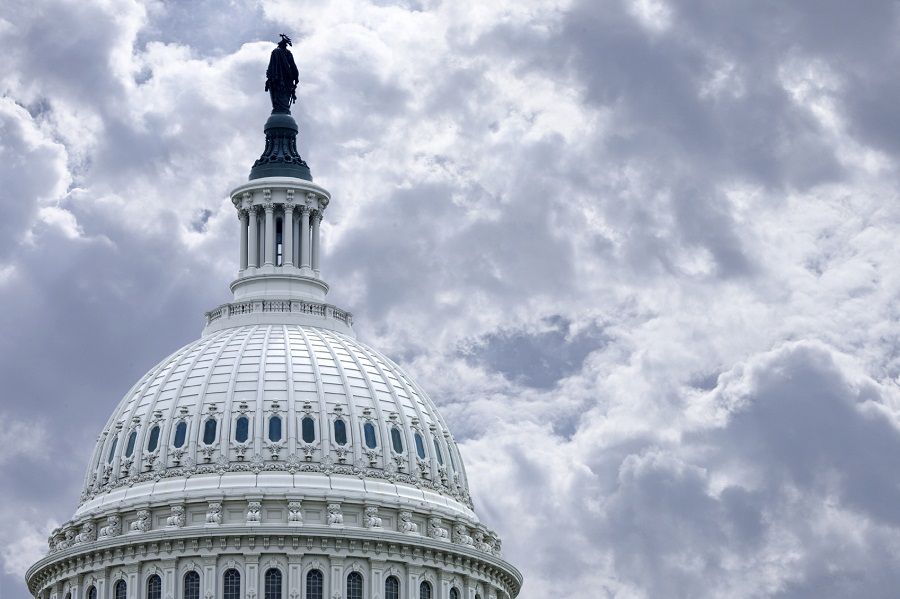The first half of 2021 has featured a flurry of regulatory activity in both the U.S. and Europe as major financial markets come to terms with how to standardize ESG risk reporting and the practice of integrating ESG into investment practices.
Between SFDR in Europe and the ESG Risk Alert released by the SEC in the U.S., financial regulators are signaling their intentions to take climate and other ESG factors more seriously now and in the years ahead.
Many investment firms have been caught off guard by the scope and speed of these regulatory developments, and they are now struggling to determine the road to compliance. We view the following actions as imperative to course correction.
WATCH FOR SIGNALS
The regulatory landscape is constantly changing, and staying in compliance requires watching for signals, understanding the trends and anticipating regulations before they are introduced. The SEC’s Climate and ESG Task Force, which will focus on identifying “any material gaps or misstatements in issuers’ disclosure of climate risks under existing rules,” is a perfect example of how compliance departments can read between the lines to anticipate what new rules might be coming.
The corresponding Risk Alert on the review of ESG investing provides an overview of ESG practices that the commission is mostly likely to review, such as a “firm’s policies, procedures, and practices related to ESG and use of ESG-related terminology” and “due diligence and other processes for selecting, investing in, and monitoring investments in view of the firm’s disclosed ESG investing approaches.”
Other parts of the U.S. government are also sending strong signals. In May, President Joe Biden issued an Executive Order on climate-related financial risk that, among other things, directed the Financial Stability Oversight Council (FSOC) to assess risks to the stability of the U.S. financial system and produce a report on any efforts by FSOC members (including the heads of Treasury, SEC, CFTC and the Fed) to “integrate consideration of climate-related financial risk in their policies and programs.”
The House of Representatives also recently passed the ESG Disclosure Simplification Act of 2021, which would require public companies to annually disclose certain ESG metrics. This offers yet another sign of things to come as the U.S. ramps up its efforts to address the climate crisis.
TREAT CLIMATE REGS AS A WARM-UP
Just as in Europe, U.S. regulators have chosen to initially focus on climate change as the most urgent issue affecting the capital markets and society more broadly. The Biden administration has integrated climate considerations into practically every level of government, and the G7 voiced its support for mandatory climate risk disclosures that are braced on the TCFD framework.
This is likely just step one of a regulatory avalanche — once standards on climate disclosures are established, many market participants expect similar disclosure requirements on other ESG issues like biodiversity, workforce diversity and political spending.
FOCUS ON TODAY’S ESG CAPABILITIES
Regulators around the world have woken up to the scourge of greenwashing, which involves businesses and financial institutions making statements or disclosures that overstate their climate or other ESG capabilities. Investment managers, in particular, are increasingly under the spotlight as the purveyors of many ESG-oriented strategies, products and funds.
To stay in compliance, these managers must be able to back up everything they report to regulators, industry organizations, investors and the public. While a net-zero commitment may make for good headlines, managers must be realistic about where they are in their ESG journey and not over-promise on what they are able to deliver.
Both SFDR and the SEC’s ‘Risk Alert’ on ESG investing represent regulatory efforts to clamp down on greenwashing and encourage more market transparency. While some investors may push their managers to do more on climate and ESG, managers should focus on what they can actually do within the confines of their investment strategy, investor disclosures and the expertise of the firm’s staff.
The last few months offer a preview of what’s to come as the ESG regulatory landscape continues to shift and evolve around the world. For investment managers, this includes revisiting the compliance playbook and treating offense as the best defense.
Trysha Daskam is head of ESG Strategy at Silver, which provides regulatory compliance services to the investment management industry. Jarod Riedl, ESG associate at Silver, contributed to the research and development of this article.








